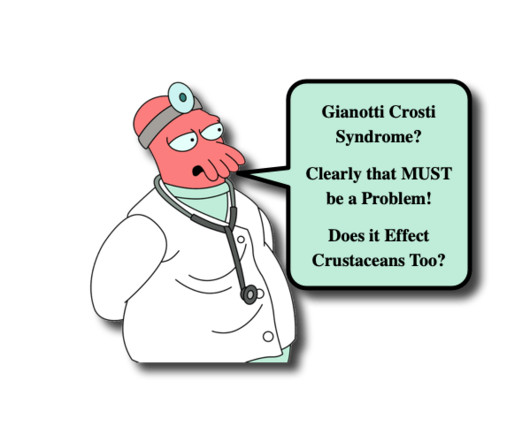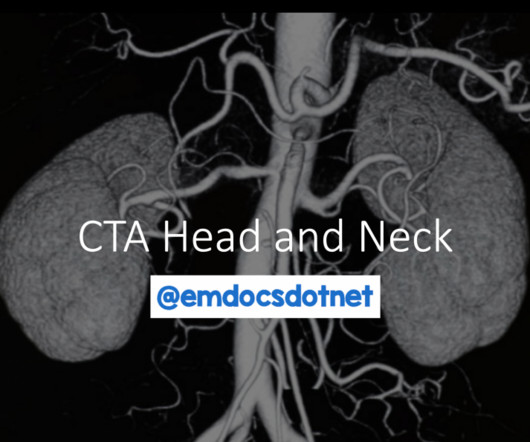Cetirizine Vs Diphenhydramine For the Treatment of Acute Urticaria in the ED
REBEL EM
JANUARY 23, 2023
Background: Diphenhydramine, a first-generation antihistamine, is the most common pharmacologic agent used to treat acute allergic reactions. Diphenhydramine versus nonsedating antihistamines for acute allergic reactions: a literature review. Multicenter study of emergency department visits for insect sting allergies.











Let's personalize your content